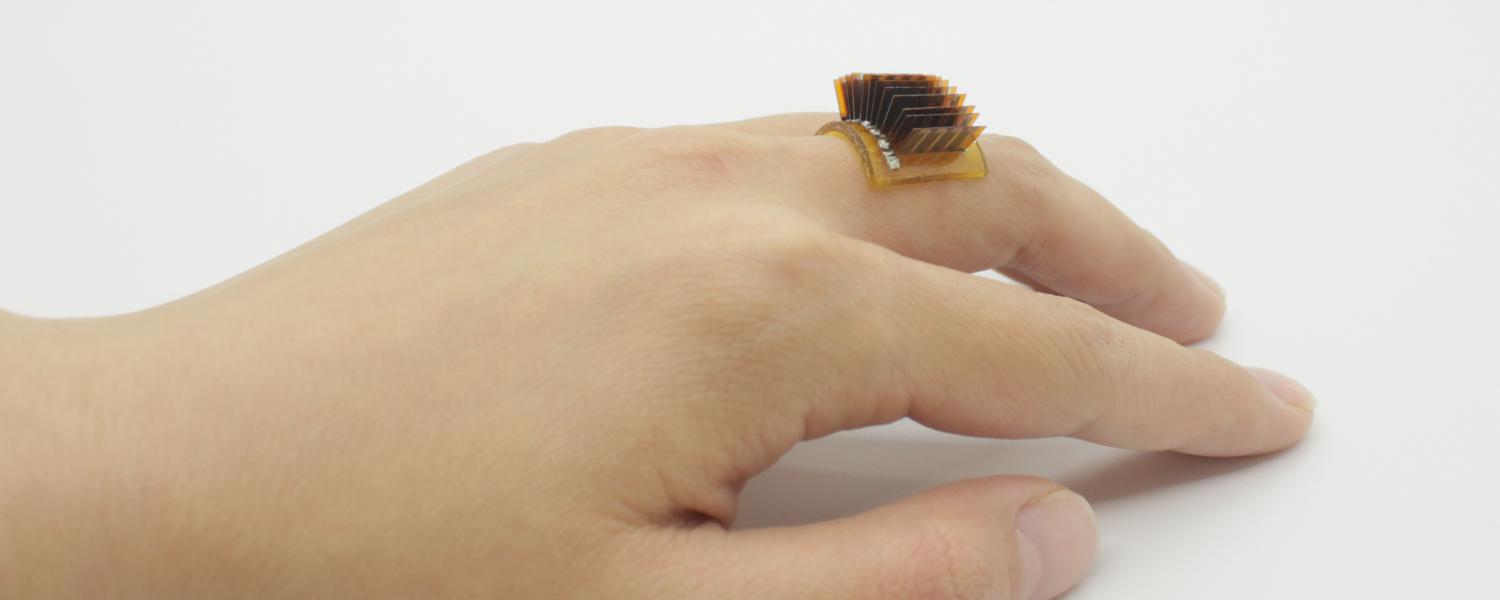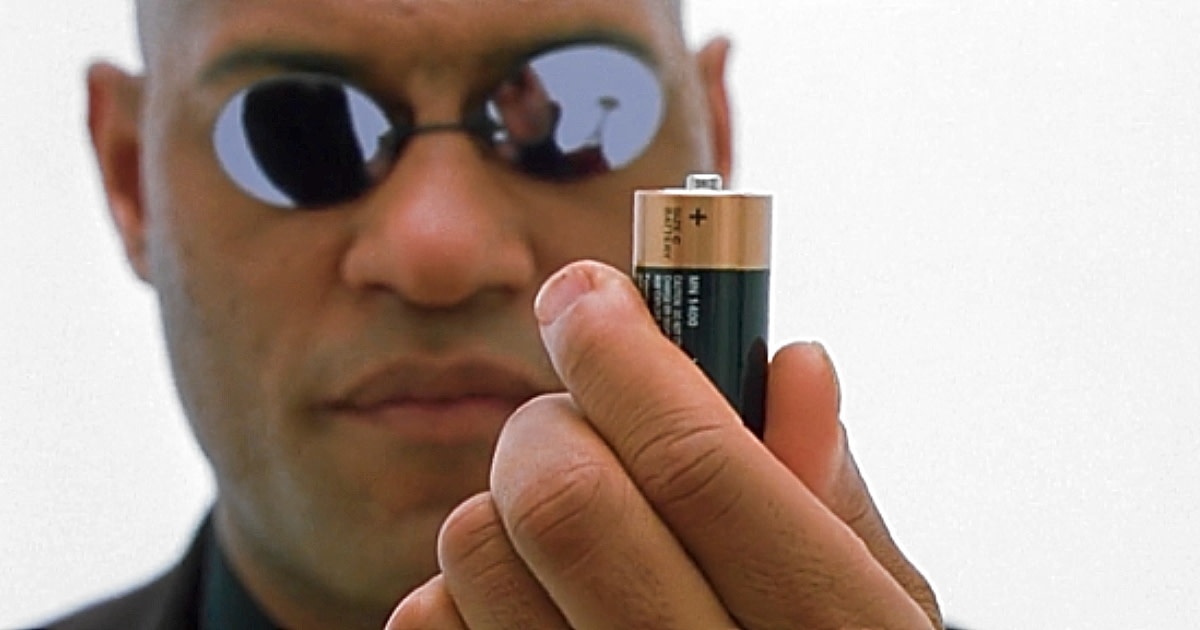scientists have developed wearables that could use the human body to replace batteries
The cyberpunk wearable harvest body heats and converts it into energy
Adapting of a reporting by Umberto Bacchi @UmbertoBacchi, Editing by KatyMigiro for Thomson Reuters Foundation
In a move that will give chills to fans of the dystopian movie “The Matrix”, scientists have developed a wearable device that could use the human body to replace batteries.
Echoing world-domineering robots’ use of enslaved humans inthe 1999 cyberpunk movie, U.S. researchers at the University of Colorado Boulder have created an environmentally-friendly gadgetthat harvests body heat and converts it into energy.
“In the future, we want to be able to power your wearable electronics without having to include a battery,” said Jianliang Xiao, senior author of the new paper and an associate professor in the Paul M. Rady Department of Mechanical Engineering at CU Boulder.

Tech-lovers could power their own watches or fitnesstrackers by wearing a stretchy ring or bracelet containing thermoelectric chips that convert heat into electrical energy,according to research published in the journal Science Advances.
The device, described today in the journal Science Advances, is stretchy enough that you can wear it like a ring, a bracelet or any other accessory that touches your skin. It also taps into a person’s natural heat—employing thermoelectric generators to convert the body’s internal temperature into electricity.
Matrix-inspired
The idea will sound familiar to lovers of the iconic film,starring Keanu Reeves, where humans are trapped in the Matrix, asimulated reality, while hooked up to machines to provideelectrical power for robots that have taken over the world.

“Thermoelectric devices can provide continuous power towearable devices and could potentially replace batteries in thefuture,” said the paper’s senior author, Jianliang Xiao, told the Thomson Reuters Foundation. “We hope this technology could, at least partially, solvethe pollution problems of electronic waste,” he said, adding thetool is fully recyclable.
The devices generate about 1 volt of energy per square centimetre of skin covered. While more research is needed to increase the amount of power produced and allow for mass production, the gadgets couldbe on sale in five to 10 years, Xiao said. “Just don’t tell the robots,” the university said in astatement. “We don’t want them getting any ideas.”
How does it work?
The video below, shows it pretty clearly:
source: Thomson Reuters Foundation I CU Boulder



















































































